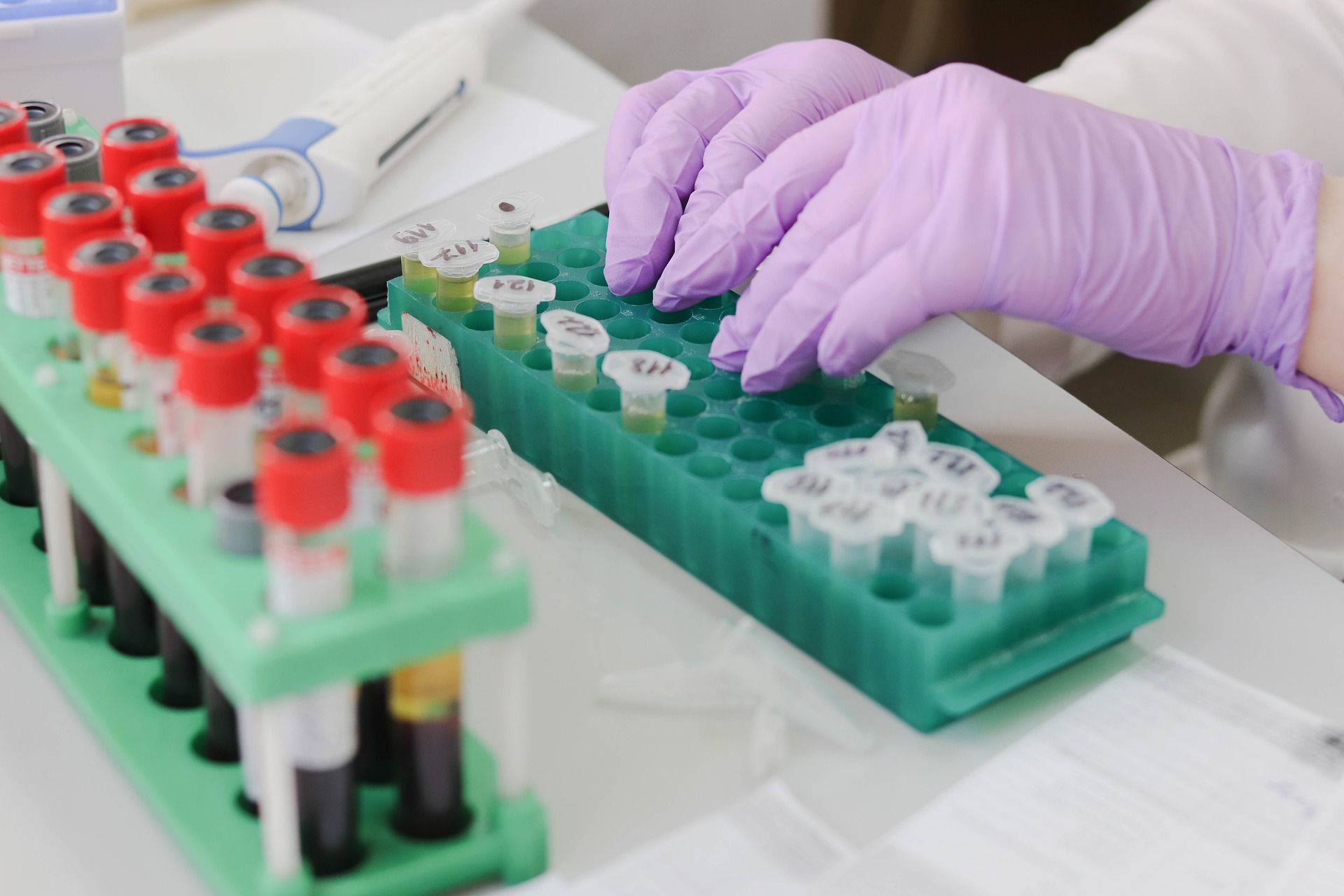
A blood test is a test in which a sample of blood is taken for testing in the laboratory. The specimen could be serum, plasma, or whole blood based on the type of test recommended by the doctor. Prior to each specimen/sample collection, the phlebotomist reviews the appropriate test description, including the specimen type indicated, the volume, the procedure, the collection materials, patient preparation, and storage and handling instructions (1,2).
When you order your blood test from Lab Testing API, you may search for the required test or you may check the lab testing categories available on our website. Each test has its specific test instructions for your convenience. It can be found under the “Testing Info” section of each test.
Blood tests are very common and often recommended by your doctor to see how your body is working. Blood tests also help doctors check for certain health conditions and diseases. They can also be used to check the proper functioning of your organs and show the effectiveness of administered treatments.
More specifically, blood tests help health care practitioners in (2,3)
*Disclaimer: While blood tests can indicate your risk of having heart disease or other health conditions/diseases, often other confirmatory tests are supplemented to diagnose and further confirm the specific diseases.
Some of the most common blood tests are
A blood test usually involves drawing blood from a vein in one arm. The normal and most usual place for drawing the sample is the inside of the elbow or wrist, where the veins are comparatively close to the surface (1,2).
In the case of children, a blood sample is usually taken from the back of the hand. Their skin may be numbed using a special spray or cream before taking a blood sample (2).
People usually feel discomfort and bruising at the place from where the sample has been drawn. The discomfort usually goes away very shortly after the tests are done.
A urine test is a test in which a sample of urine is taken either by using a test strip or in the laboratory. A urine test interprets the results based on different components of urine- a waste product secreted by the kidneys. The color, odor, and volume of urine may indicate that something wrong is going in the body. Perhaps a person is not consuming enough water or it may be a warning sign that his/her kidneys are not working properly. In another instance, if someone passes urine that is cloudy or flaky with an offensive odor, it could be a sign of a urinary tract infection (UTI). To understand the medical and health issues, urine needs to be examined using a test strip or in a lab.
Urine tests can be utilized for a whole range of diagnoses. A urine test can help the doctor detect diseases of the urinary system as well as metabolic diseases like diabetes or liver disease. It can also be used for confirming a pregnancy, diagnosing an infection such as a UTI or an STI, or monitoring drug use (for legal purposes or as a pre-employment screening test) (4).
Your doctor may probably ask you for a “midstream” sample. By taking a sample from the middle of the stream (interrupting the flow of urine after a few seconds and then collecting the middle portion of the urine in the container), one is reducing the probability of bacterial contamination from the surrounding skin. Additionally, it is always recommended to cleanse the genital area with water (not with soap) before giving a urine sample. These small precautions increase the chances of getting the most accurate results from the urine test.
Normally, it hardly matters what time of day one collects the urine sample for testing, but there are some exceptions. For example, the doctor might have requested a first-morning sample because the urine is more concentrated as there are more solutes (dissolved particles, like sugars, salts, and proteins) and less water in the sample, and therefore, it is more likely to show any abnormalities. Additionally, if the purpose is to check for glucose concentration in the urine, the doctor may ask to collect a urine sample after a meal. For confirming the pregnancy, a first-morning urine specimen is usually recommended since it generally contains the highest concentration of Human chorionic gonadotropin (hCG)(4).
There are many tests that need urine as a sample for testing and further result interpretation. In general, there are five standard urine tests that can be utilized to analyze the different components of urine. Out of those five tests, two of them can also be done at home, whereas the other three can only be conducted in a laboratory.
Lab Testing API offers a range of Blood and Urine tests that an individual can order themselves online at discounted rates. All lab orders include a physician’s order.
Our next blog will discuss the types of urine tests in detail.
Written by Dr. Shikha Sharma, Reviewed by Dr. Harshi Dhingra
